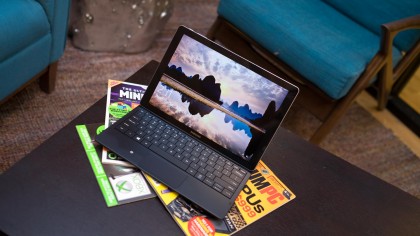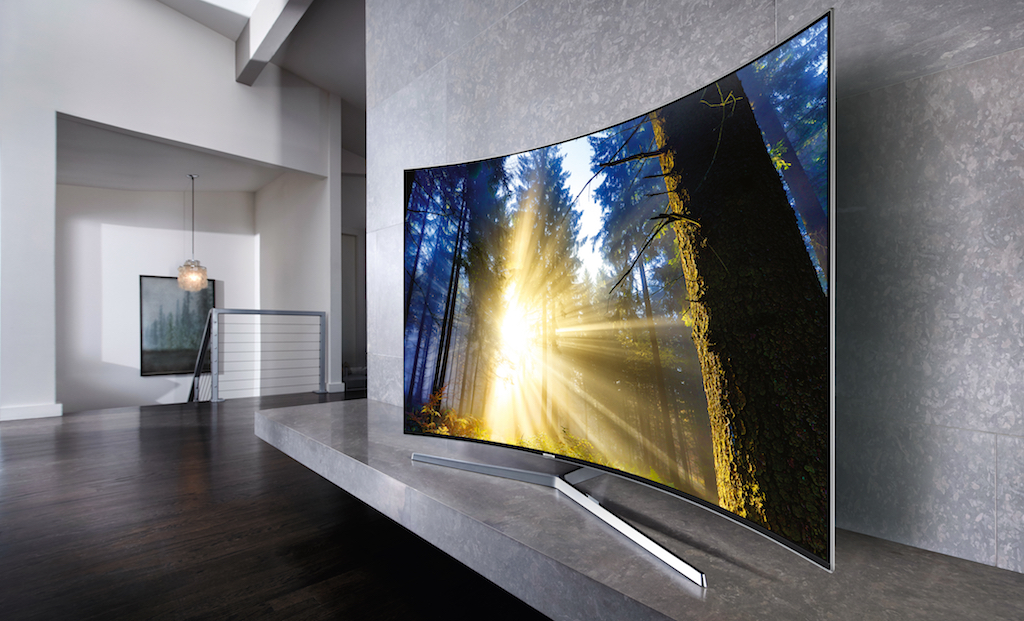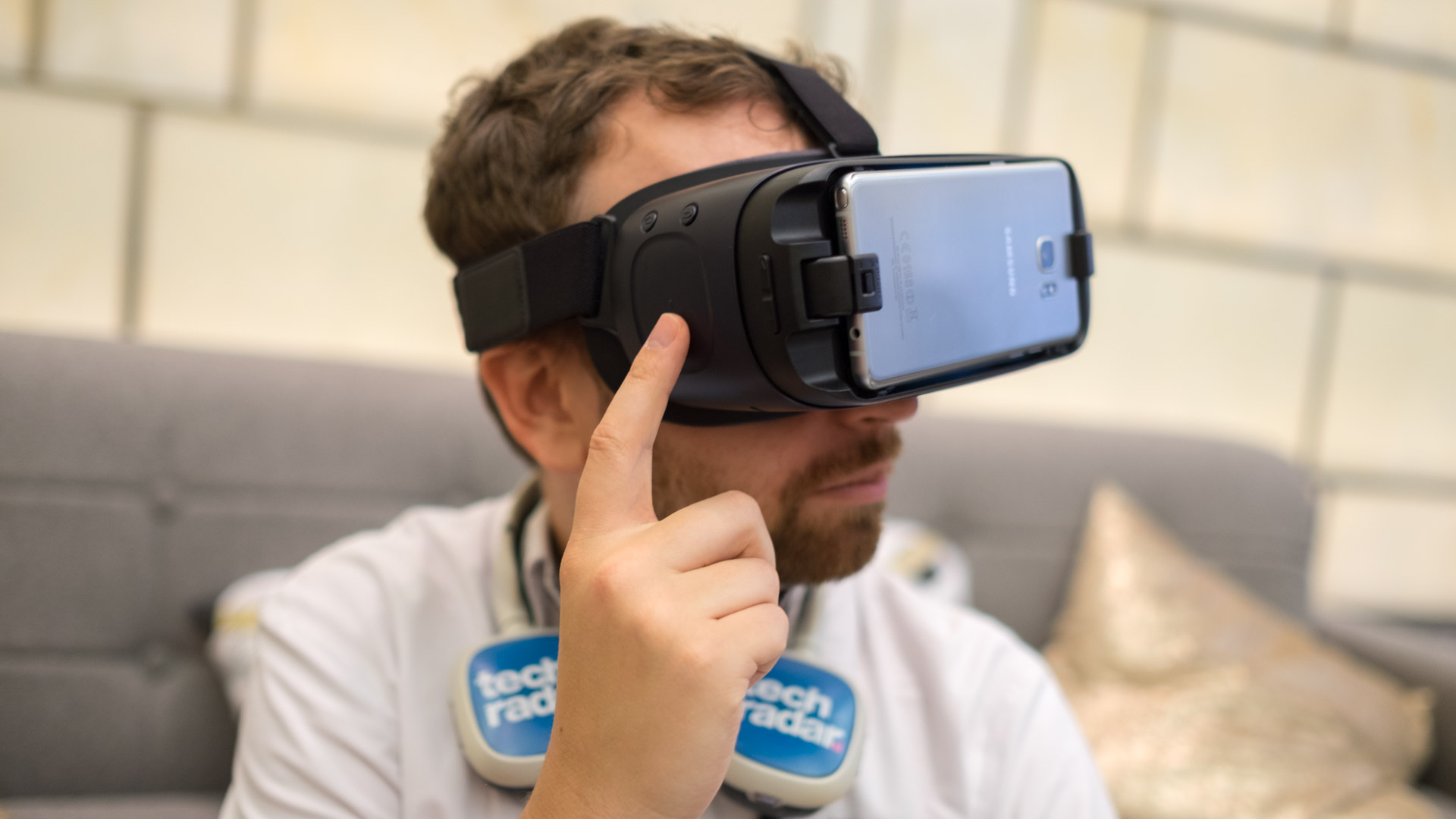We didn’t decide on what was going to make or break our year. Nope, manufacturers — and the devices they put out — did. And every move, big and small, tilted a domino over that led to bigger ones falling onto us, the press and the consuming public.
These stories aren’t necessarily the most popular stories Pocketnow has covered in 2016, but probably the most meaningful and most impactful to one person who reads the site or another. Yep, that means you may have missed out on any of these stories.
In which case, we should probably get started with some of the cold, hard facts the plopped down onto us.
Not Hot

Motorola gutted — the Chicago-based phone manufacturer isn’t one of its own right anymore. Ever since Google gave it up to Lenovo in 2014, the Chinese tech strongarm has been trying to merge its own mobile operations with those of Motorola’s. It was even capped off by a lame branding shift.
That strategy has failed as it was and the two units consequently suffered cutbacks. The latest and biggest one for Motorola reportedly left it with just 500 employees — it had five digits in its ranks just a few years before.
Jolla Tablet — remember Jolla? One of the mobile operating systems that’s looking to take the charge away from Android in Russia? Yeah, well, the reason why the Finnish startup is spreading its OS there is partly because it couldn’t proper fulfill crowdfunding perks to its backers.
Back when Jolla was more consumer-facing, it launched a phone and then launched a Jolla Tablet. But the company put a lot of that money to research and development and partnered with shady components players. After hitting the financial brink a couple of times, the firm found it safer to quit and give out the 500 devices it had than feed the money pit.
That doesn’t stop the company from its hardware ambitions, be it in phone or watch form.

Apple v. FBI — this story actually begins late in 2015, when Syed Rizwan Farook and his wife, Tashfeen Malik, killed 14 people and injured 22 others at the Inland Regional Center in San Bernardino, California. The two were killed by police in a subsequent gunfight.
The FBI requested Apple’s assistance in decrypting the iPhone 5c that was under the possession of Farook and the ownership of the Inland Regional Center, where he worked. The company would not comply, as it would not only involve breaking encryption that Apple claims it was not equipped to do by design to fully protect consumer privacy, but that it would not build a “backdoor” for law enforcement to simply nail into phones.
As a court case began brewing and sides were being formed, the FBI announced that it had acquired an exploit from a gray hat entity to break through the encryption of the iPhone. Apple’s response was surprisingly milquetoast and we, as a society, lost a chance to discuss how we treat privacy in the digital age and what role tech corporations (and the private sector at large) and governments have to play in our hidden lives.
Follow-on impacts include: smaller law enforcement departments using the exploit; the FBI extracting materials of little use in the device it had caused such a ruckus over; press outlets suing the agency for that material.
Windows 10 Mobile going nowhere — just because we now have the power of promised foresight doesn’t mean that we can let Redmond go for leaving us on the lurch for one whole year.
Windows 10 Mobile only got two major third-party releases in the back half of the year while the rest of it was filled with Microsoft reminding us that it really doesn’t care about mobile today and would rather focus on tomorrow. Developing x86 app emulation on ARM64 chips may have been a terrific long play, but we can’t be assured that consumers and enterprise would readily flock to the end solution that’s expected to debut in the new year.
Never mind the fact that those people can’t use this emulation in 2016.

BoonGoogle — some of the biggest disappointments didn’t just come from Apple, though you’ve probably figured that out from our ongoing coverage of its depressed expectations.
But we decided that riffing on Google for shooting down or missing out on what we thought to be achievable and on-mission moonshot projects would be a better idea: we can together grieve the future we’ll never have.
First, Project Ara, the modular smartphone concept developed by Motorola (which is very happy with its own solution, thank you very much), didn’t get to Puerto Rico when it was supposed to and spent copious amounts of idle time before a brief resurgence in the public eye at Google I/O this year before all of a sudden, kaput. Way to whip us, Mountain View. Way to go.
Andromeda seemed like a good way to merge disparate user experiences on Android and Chrome OS for the up and coming convertible tablet market. Mobile apps were definitely a go while the power to scale up as needed was also appreciated, at least, so was told in tea leaves. And we had a product launch this year to look forward to. But all we’re left with now, Hiroshi Lockheimer tells us, is a voice assistant currently incapable of anything terribly useful that will tie the two ecosystems together.
Brilliant.
The extended development of Android Wear 2.0 this year meant little hardware progress, ergo market progress for the platform. Was it a good choice given the very vulnerable state of the smartwatch category? Did Apple, Samsung and Fitbit close the loop for Google? We’ll have to keep tuned in 2017 to find out.
Lastly, we’ve seen Google’s customer service express itself to be inert and a failure for many customers of its first-party hardware. The company has yet to respond to our request for comment on how it handles issues like Nexus devices crashing plus Pixels freezing and putting out crud sound. Claims have come up about how Google’s development team does not thoroughly look into faults that have been reported across multiple units and users.
Oh, Google, Google, Google. What can you do in 2017?

Hot

Nokia lives again — it’s the revival that we keep talking about and one that fell from the graces of said company in Redmond, Washington.
When the Finnish legacy brand sold off its Device and Services division to Microsoft two years ago, it signed a non-compete clause that prevented it from making phones for sale for more than two years. In the run-up to that clause being fulfilled, the company decided that it would try consumer mobile once again and licensed a seemingly purpose-built startup, HMD Global Oy, and Foxconn to prepare for battle.
This month, the Nokia 150 came to fruition and serves as a launch platform for bigger and better phones to be released in 2017. And with plenty of the old C-suite back in the game plus a patent battle with Apple in the mix, this will be one interesting item to keep tabs on.
Foxconn buys Sharp — this is one of the more oddball deals of 2016 and one that was on the precipice of not happening at all.
Japanese displaymaker Sharp was mired in trouble up until this year — tech manufacturers turned from sourcing LCDs to OLED panels and Apple has been continuously rumored to do the same for its iPhones. But the company, built on the older screen tech, couldn’t afford the outlay needed for new foundries. It was seeking help and fast.
And against all other options that involved Japanese entities investing, it was billionaire Terry Gou’s Hon Hai Precision Industry out of Taiwan that came up with a massive bid — one that shook up the insular economy of Japan.
As CEO, Gou’s eccentricities have helped manage Foxconn’s reliably renewed assembly contracts with Apple for the iPhone — the company is the largest contractor of the sort, after all. With ownership of Sharp, he would not only get another future contract for displays, but a chance to flex OEM muscle as the company produces smartphones, too. Last minute financial skeletons may have capped the deal’s value, but all bodies involved eventually struck agreement.
The dirty work of revving up OLED operations has just begun, but Gou now finds himself defending his perceived gains as United States President-Elect Donald Trump is looking forward to Apple manufacturing its “damn computers” domestically. But if a costly factory branch build-up in America can help secure more contracts with Cupertino, then Foxconn and Sharp will follow.
Beta for the people — you can have a beta testing program, sure. But would you ever go public with one?
Apple did with iOS and what has become macOS, but so did Google this year as it added on an Android Beta Program for Nexus, Pixel and some Android One users. Even if the beta programs weren’t open enrollment, there’s been a whole bunch more notice given to programs from Samsung and others as of late (by the way, OnePlus, you’ve got a day left for that OnePlus 3 and 3T Nougat update).
And if super-users get super-served with these updates, then it may leave every other customers just that bit more well off.

Not reality — this was the year that tech companies started avoiding reality in favor of headsets and new smartphone technologies.
HTC and Facebook ran neck and neck with their Vive and Oculus Rift virtual reality headsets. While both ended up pretty close to the starting gate, over the year, it seems clear that one has been mustering support from startups, PC producers and sales while the other has been plodding along and suffering the occasional controversy or two.
Rumors of Google trying to get into the standalone VR game were dismissed (though we stress that 2017 can hold anything). In the meantime, Android Nougat washed in Daydream, a renewed approach and in-app experience to mobile-based VR. If it does any better than what Cardboard gave us, we consider that a hotness of a sort.
Finally, Lenovo was able to help Google launch its augmented reality platform, Tango, with a special, sensor-packed phone, the Phab 2 Pro. It’s a purpose-built device that really shouldn’t be a phone so much as a cellular tablet that can deliver enhanced sensory hits in class lessons and extrapolated information for pertinent spatial tasks.
But with the headsets’ and phones’ honeymoon phases edging to an end, we think it’ll take some bravery and new ideas to make virtual, mixed or augmented reality more useful, more visible and more approachable to the lay person. That’ll require work in the next many days.

Three’s a crowd — ZTE, Eve and you.
As an individual and passionate techie, you may not consider your voice to be heard in the ocean of other customers that just want their effing phones to make calls and surf the internet. Nope, you definitely want more than all of those people.
In maintaining its sophomore smartphone efforts in the United States, Chinese manufacturer ZTE decided to take community-building seriously this year. It launched Project CSX, a contest that saw hundreds of mobile device concepts passed around, showcased, poked at and voted on in the hopes of creating something thoroughly unique and particularly useful.
After several verdicts, it was determined that a reading phone with an omni-adhesive back and a specially polarized display would be made by the company in 2017. But no matter which idea won, we think that the contest easily beat out hundreds of other marketing ploys we’ve seen.
Back to Finland and to a community of over a thousand curious minds who coalesced around a project called “Pyramid Flipper.” The company behind it, Eve-tech, made its bones with a crowdfunded Windows 8 tablet that performed decently. But it decided that a fair, no-nonsense competitor to the Surface line of devices was needed and that as much bull as possible had to be cut out from the creative process.
This is where we laud the startup for not only gathering obsessives to pick at their brains at how the specs and features of a convertible tablet should interact with each other, but the meticulous transparency of the research and development phases of which it presented to that community. Eve-tech empowered consumers, albeit of a limited population, to get involved in its product — a feat made incredible by how little capital the company’s name held.
The company ended up introducing an elegant, but beefy computer, the Eve V, to Indiegogo at a steeply discounted price. The Eve V ended up quickly breaking records for the crowdfunding site.
As real outcomes of what ZTE’s Project CSX and Eve-tech begin to flow from factories to consumers’ hands, we will definitely evaluate what sort of a job both companies have done in executing the demands of fans.
What cannot be questioned is the fact that companies big and small turned directly to their would-be customers and asked them, “What do you want?”
They got answers. Loud and clear.

If you think we’ve got some holes on this list, don’t worry: we’re probably going to fill them up with our “Winners and Losers of 2016” post, coming shortly.
The post The hot (and not so hot) news stories from Pocketnow in 2016 appeared first on Pocketnow.

from Pocketnow http://pocketnow.com/2016/12/30/stories-of-pocketnow-in-2016



























